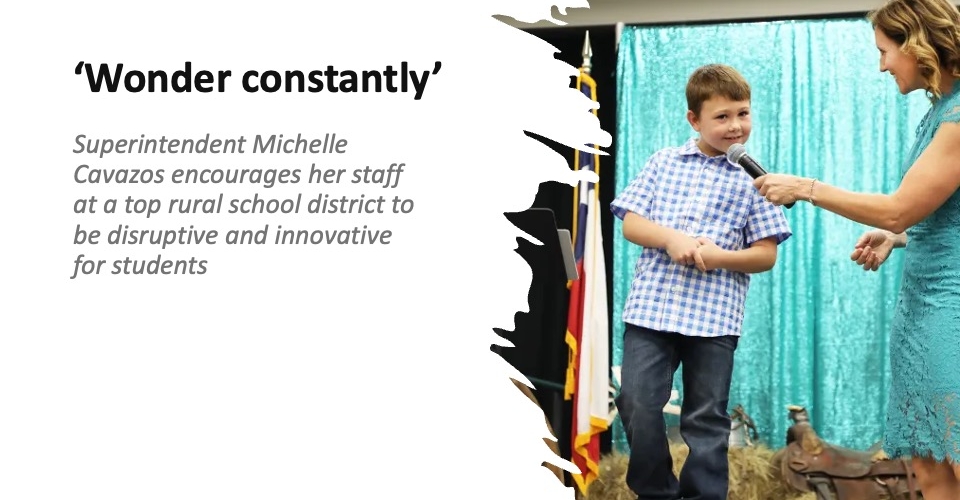It’s hands-on, multidisciplinary and has real-world impacts—teaching climate change would seem to tick all the boxes for student engagement. Plus, most teachers think they should be teaching climate change while a growing number of states are making the topic an instructional requirement as early as kindergarten.
“Students learn by doing,” says Peter Dufresne, chief academic officer of Knovva Academy and a former principal. “Students don’t remember that essay test you gave them—they remember when you brought them outside, they remember when you had them do things with their hands, they remember what brought the work to life.”
The United Nations recently raised the alarm about the inevitability of irreversible and destructive climate change. Meanwhile, about a quarter of 18- to 45-year-old Americans were reconsidering having a child due to climate change, a recent poll found.
There are also new guides for how to teach children about climate change without scaring them. For administrators looking to supplement how their schools are teaching climate change—or for an idea to replicate—the Model G20 Summit gives students a chance to take on the role of leaders of the world’s industrialized nations to solve the myriad problems of global warming.
State mandates alone won’t galvanize students to grapple with the issue. “Mandating Algebra 1, for instance, doesn’t mean kids become Algebra 1 superfans,” says Dufresne, whose company operates the model climate summit. “We want to create an interest-based movement around climate change.”
FETC 2023
The Future of Education Technology® Conference takes place live and in person Jan. 23-26, 2023, in New Orleans. Register now!
One way that interest is stoked is by having students who participate in the summit act as presidents, prime ministers, interior secretaries and other leadership posts. The students must leverage their nation’s resources—which are sometimes limited—as a starting point in collaborating with the other “mock” leaders to create policies that will benefit their country’s citizens. Instructors at the summit often throw a wrench into those deliberations by, for example, having a “mock” war break out that causes global supply shortages and other complications, Dufresne explains.
Students often delve deeper into big trends such as electric cars and the environmental impacts of manufacturing ever-more powerful lithium batteries. There are also questions of equity, such as will less affluent families be able to buy electric cars as states and governments try to phase out gas-powered vehicles.
Another way the summit engages students is by showing them that learning about and taking action on climate change goes beyond science and the other STEM disciplines. Students explore the geo-political and socio-economic impacts of global warming, and how changes in access to natural resources will shift the balance of power. “Climate change doesn’t have to be abstract—we can go out and see it and touch it,” he says, “There are lots of things students can do to make a difference at the local level but that’s not going to happen if we drag students to that topic unwillingly.”
More from DA: Anne-Marie Imafidon wants to help K-12 educators make STEM HERstory









